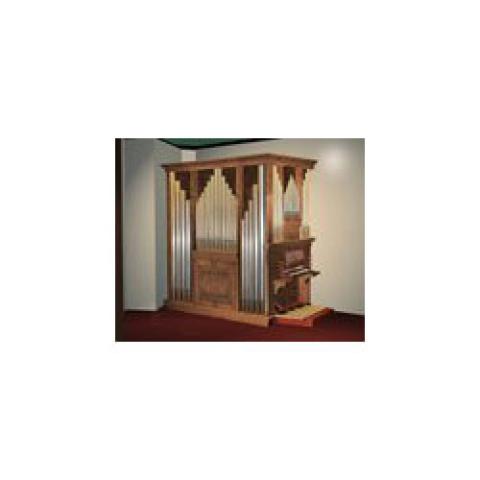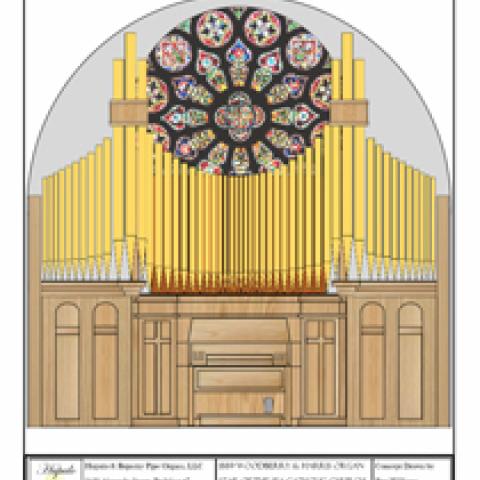
Hupalo & Repasky Pipe Organs, LLC, of San Leandro, California, has reconstructed and expanded the John Bergstrom organ for Christ Episcopal Church, Sausalito, California.
The Bergstrom organ was built as a one-manual instrument in 1891 for Christ Church. In 1949, the much larger congregation had the organ rebuilt and enlarged significantly on new electro-pneumatic windchests with a Swell division and additions to the Great and Pedal divisions. After 60 years in this state, it was decided to reconstruct the organ with a new mechanical action, retaining the original pipework, with some new ranks of pipes fitting the style of the original 1891 organ.
The present instrument consists of two manuals, 20 ranks.
For information: www.hupalorepasky.com.




